#plastics
Text
A global study just revealed the world’s biggest known plastic polluters. (Washington Post)

Every year, companies produce more than 400 million metric tons of plastic. Some of that plastic spills onto waterways or beaches, clogging streams or floating in huge gyres in the ocean. Some of it breaks down into tiny microplastics or nanoplastics that float in the air and enter human lungs, blood and organs.
Sometimes it’s hard to know which companies are behind all this plastic — but now, scientists have identified some of the largest contributors.
A new study published Wednesday in the journal Science Advances has pinpointedsome of the major brands responsible for plastic pollution across six continents. The researchers, who used a team of over 100,000 volunteers to catalogue over 1.8 million pieces of plastic waste, found that 56 companies were responsible for more than 50 percent of branded plastic waste globally.
The largest contributor was Coca-Cola, which accounted for 11 percent of the branded plastic pollution worldwide.
Out of more than 1.8 million pieces of plastic surveyed, close to 910,000 had visible brands. (Plastics can lose their brand markers through exposure to sunlight and weather.) And of those hundreds of thousands of pieces of plastic, the top companies responsible were Coca-Cola, PepsiCo, Nestlé and Danone.
The researchers also found that there was a direct relationship between a company’s production of plastic and the amount of branded plastic waste found in the environment. If a company such as PepsiCoproduced 1 percent of the world’s plastic mass, for example, that company was responsible for roughly 1 percent of the waste found in the audit. If a company produced 0.1 percent of the world’s plastic mass, it was responsible for 0.1 percent of the waste.
19 notes
·
View notes
Text

Welcome to my Tuesday morning PSA about plastics!
So--I was walking along the Bolstadt beach approach sidewalk here in Long Beach, WA yesterday afternoon, and I started seeing these little orange pellets on the ground that looked a little bit like salmon roe (but probably weren't). So I picked one up, and it was most definitely rubber. I went around picking up every one I could find, and while I didn't keep exact count I probably amassed 50-60 of them. I took this picture before depositing them in the nearest trash can.
These are airsoft gun pellets, and you can buy them in big jars containing thousands of them. That means that someone who decided that the beach was a great place to shoot their airsoft guns could easily litter the place with countless little bits of plastic rubber in less than an hour. We already have a huge problem here with people leaving trash, including tiny bits of plastic, all over the beach (you should see the gigantic mess after 4th of July fireworks when thousands of people come in from out of town, blow things up, and then leave again without picking up after themselves.)
But these airsoft pellets have a particularly nasty side effect. You know how my first thought was "wow, those look kind of like salmon roe?" Well, we have a number of opportunistic omnivore birds like crows, ravens, and several species of gull that commonly scavenge on the beach, especially along the approaches because people often feed them there. If I can catch the resemblance of an orange airsoft pellet to a fish egg, then chances are there are wildlife that will assume they're edible.
Since birds don't chew their food, they probably won't notice that the taste or texture is wrong--it'll just go down the hatch. And since they can't digest the pellets, there's a good chance they might just build up in the bird's digestive system, especially if the bird eats a large number of them--say, fifty or sixty of them dropped on the ground along the same fifty foot stretch of sidewalk. The bird might die of starvation if there's not enough capacity for food in their stomach--or they might just die painfully of an impacted gut, and no way to get help for it. If the pellets end up washed into the ocean, you get the same issue with fish and other marine wildlife eating them, and then of course the pellets eventually breaking up into microplastic particles.
You can get biodegradable airsoft pellets; they appear to mainly be gray or white in color rather than bright screaming orange and green. But "biodegradable" doesn't mean "instantly dissolves the next time it rains." An Amazon listing for Aim Green biodegradable airsoft pellets advertise them as "Our biodegradable BBs are engineered to degrade only with long-term exposure to water and sun and will degrade 180 days after being used." That's half a year for them to be eaten by wildlife.
I don't know, y'all. That handful of carelessly dropped rubber pellets just encapsulates how much people don't factor in the rest of nature when making decisions, even on something that is purely for entertainment like an airsoft gun. We could have had a lot of the same technological advances we have today, but with much less environmental impact, if we had considered the long-term effects on both other people and other living beings, as well as our habitats. We could have found ways from the beginning to make these things in ways that benefited us but also mitigated any harm as much as possible. Instead we're now having to reverse-engineer things we've been using for decades, and sometimes--like the "biodegradable" airsoft pellets--they still have a significant negative impact.
But--at least there are people trying to do things better, thinking ahead instead of just on immediate profit. We're stuck in a heck of a mess here, figuratively and literally, and changing an entire system can't be done in a day. Maybe we can at least keep pushing for a cultural shift that emphasizes planning far into the future--if not the often-cited "seven generations ahead", then at least throughout the potential lifespan of a given product.
#plastics#microplastics#environment#environmentalism#conservation#nature#pollution#litter#birds#tw animal death#animal welfare#ecology#science#wildlife#animals#scicomm#pnw#airsoft#biodegradable#solarpunk
4K notes
·
View notes
Photo

MURMURATIONS - Ephemeral Plastic Sculptures
by ALAIN DELORME
448 notes
·
View notes
Text
A team of scientists from Nanyang Technological University, Singapore (NTU Singapore) has developed an artificial worm gut to break down plastics, offering hope for a nature-inspired method to tackle the global plastic pollution problem.
By feeding worms with plastics and cultivating microbes found in their guts, researchers from NTU's School of Civil and Environmental Engineering (CEE) and Singapore Center for Environmental Life Sciences Engineering (SCELSE) have demonstrated a new method to accelerate plastic biodegradation.
Continue Reading.
292 notes
·
View notes
Text

This is me trying to spread the poly plastics message along
#they are in love#fight me#mean girls#incorrect mean girls#incorrect quotes#mean girls incorrect quotes#cady heron#mean girls musical#mean girls movie#regina george#gretchen wieners#karen shetty#plastics#the plastics#textpost meme
394 notes
·
View notes
Text
#vegan leather#plastic pollution#plastics#pleather#leather alternatives#leather#environmentalism#good news#science#environment#bacteria#microbiology#genetic engineering
152 notes
·
View notes
Text

"New strength for future fabrics." Dow Chemical print ad. ca. 1943.
Science History Institute
446 notes
·
View notes
Text
A team of scientists from Nanyang Technological University, Singapore (NTU Singapore) has developed an artificial 'worm gut' to break down plastics, offering hope for a nature-inspired method to tackle the global plastic pollution problem.
By feeding worms with plastics and cultivating microbes found in their guts, researchers from NTU's School of Civil and Environmental Engineering (CEE) and Singapore Centre for Environmental Life Sciences Engineering (SCELSE) have demonstrated a new method to accelerate plastic biodegradation.
Previous studies have shown that Zophobas atratus worms -- the larvae of the darkling beetle commonly sold as pet food and known as 'superworms' for their nutritional value -- can survive on a diet of plastic because its gut contains bacteria capable of breaking down common types of plastic. However, their use in plastics processing has been impractical due to the slow rate of feeding and worm maintenance.
Read more.
#Materials Science#Science#Plastics#Polymers#Biomimicry#Biodegradable#Nanyang Technological University
57 notes
·
View notes
Text
*article is dated 25 Dec 2023
*article is dated 29 Dec 2023 (and no, it's not the same method as the article above)
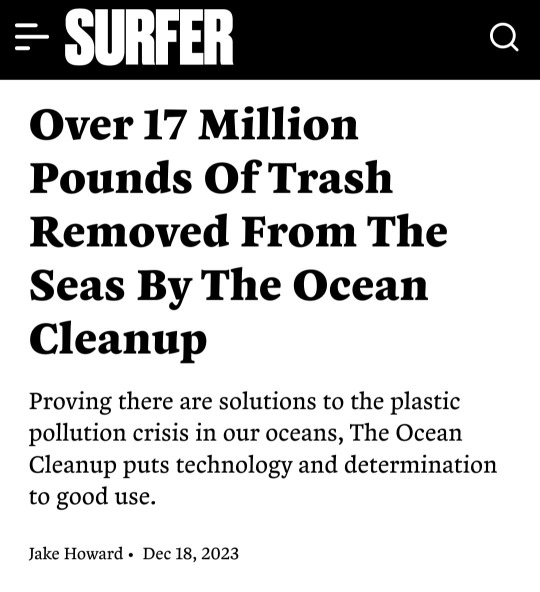
https://www.surfer.com/culture/17-million-pounds-trash-removed-ocean-cleanup
#good news#climate change#pollution#the ocean cleanup#plastics#its not hopeless!!#sea#fish#conservation
78 notes
·
View notes
Text
shenanigans [3]: you need some sleep
janis x fem! reader social media posts & texts
— ft. aaron, cady, damian, regina, gretchen & karen

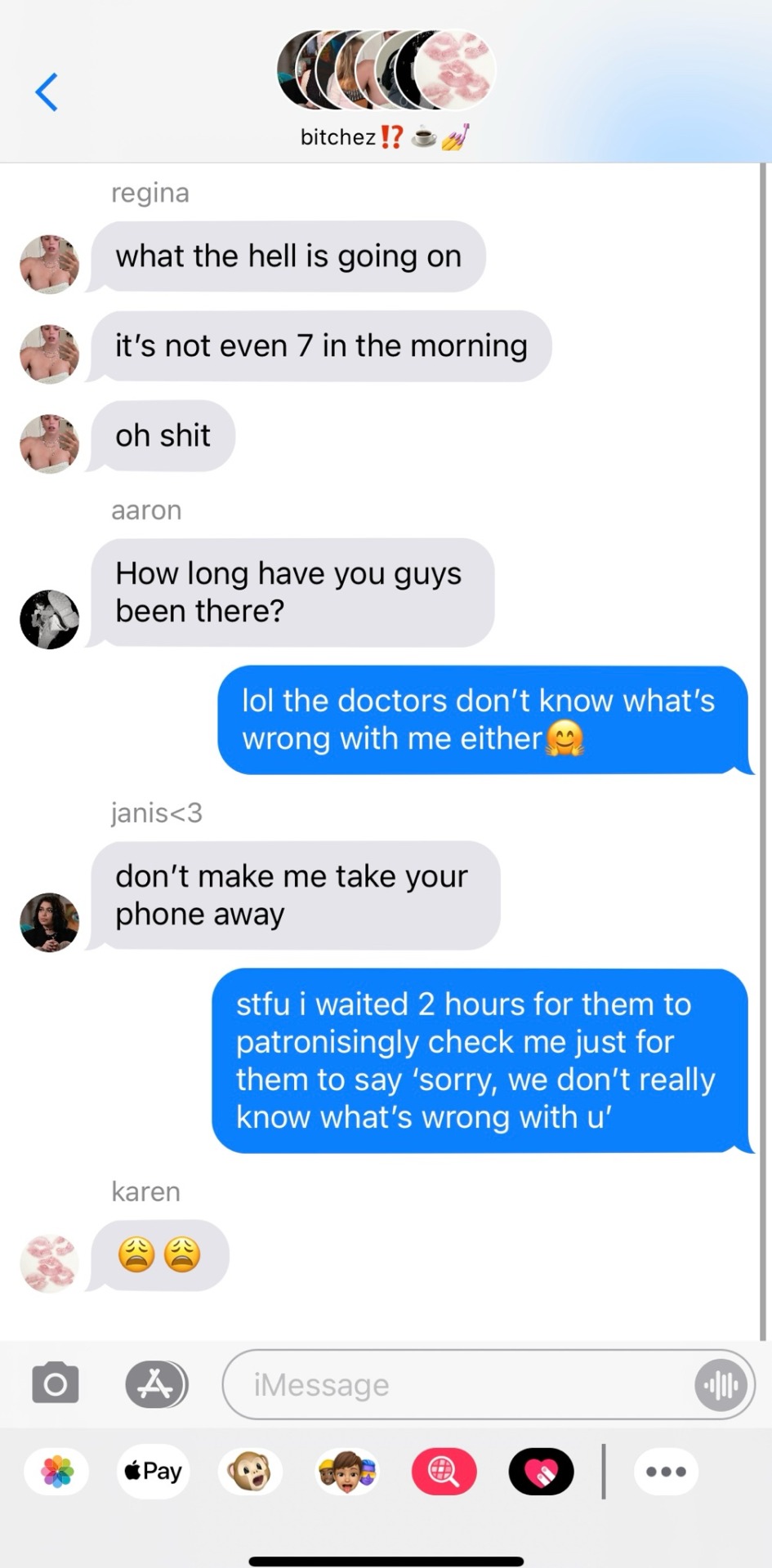




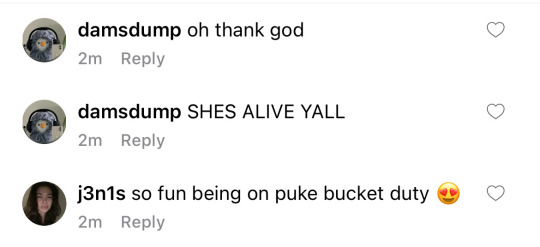




#auli’i cravalho#reader insert#x reader#lgbtqia#queer#wlw#wlw fanfic#janis ‘imi’ike#female reader#regina george#damian hubbard#gretchen wieners#karen shetty#aaron samuels#cady heron#plastics#mean girls 2024#text fic#social media fic
48 notes
·
View notes
Link
184 notes
·
View notes
Text
Every day, millions of plastic pellets – lentil-sized pieces of microplastic – are pouring into our ocean, spilling from ships transporting them around the world.
You may not realise it, but almost all of the plastic products we use – from water bottles to toothbrushes to fridges – are made from these melted-down pellets or ‘nurdles’.
And though they’re only tiny, they’re causing huge harm to marine wildlife and habitats – smothering seagrass meadows and filling the stomachs of seabirds and seals, fish and turtles, meaning many starve to death.
It’s a scandal that these pellets are being allowed to pollute our ocean, especially when it’s preventable.
The International Maritime Organization (IMO) is the United Nations agency responsible for the safety and security of shipping and the prevention of pollution from ships. It has the power to classify plastic pellets as marine pollutants, which would make them subject to much stricter shipping regulations – immediately.
#people are gonna reblog this just to laugh at the word -nurdles- aren't they#microplastics#plastics#pollution#ocean#plastic pollution#environment
228 notes
·
View notes
Text
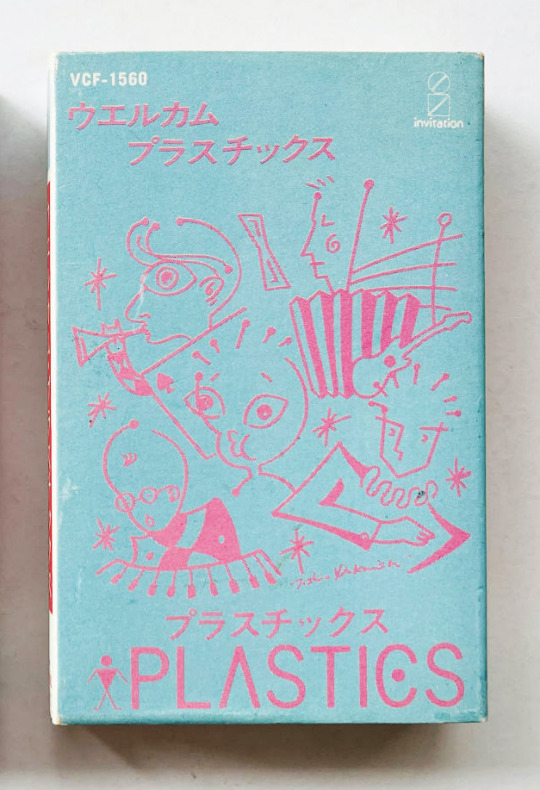



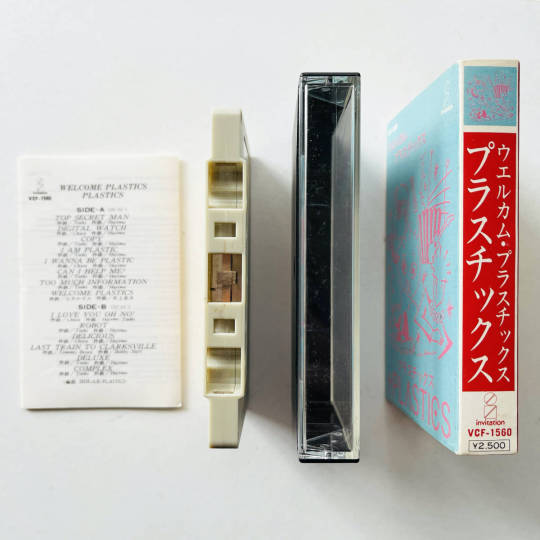

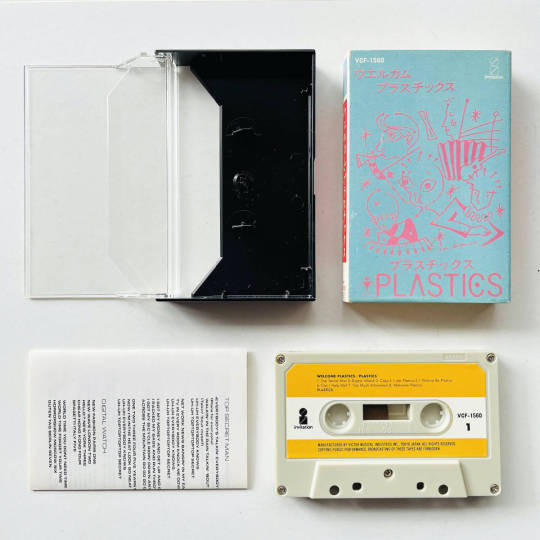
Welcome Plastics cassette tape1980
#プラスチックス #Plastics #Chica Sato #佐藤チカ #Toshio Nakanishi #中西俊夫 #Hajime Tachibana #立花ハジメ
#Masahide Sakuma #佐久間正英 #Takemi Shima #島武実
#new wave #japan #punk #music #cassette tape #カセットテープ #ミュージックテープ #music tape
#プラスチックス#Plastics#Chica Sato#佐藤チカ#Toshio Nakanishi#中西 俊夫#Hajime Tachibana#立花ハジメ#Masahide Sakuma#佐久間正英#Takemi Shima#島武実#new wave#japan#punk#music#cassette tape#カセットテープ#ミュージックテープ#music tape
159 notes
·
View notes
Link
There are few places on Earth as isolated as Trindade island, a volcanic outcrop a three- to four-day boat trip off the coast of Brazil.
So geologist Fernanda Avelar Santos was startled to find an unsettling sign of human impact on the otherwise untouched landscape: rocks formed from the glut of plastic pollution floating in the ocean.
Santos first found the plastic rocks in 2019, when she traveled to the island to research her doctoral thesis on a completely different topic—landslides, erosion and other "geological risks."
She was working near a protected nature reserve known as Turtle Beach, the world's largest breeding ground for the endangered green turtle, when she came across a large outcrop of the peculiar-looking blue-green rocks.
Intrigued, she took some back to her lab after her two-month expedition.
Analyzing them, she and her team identified the specimens as a new kind of geological formation, merging the materials and processes the Earth has used to form rocks for billions of years with a new ingredient: plastic trash.
Continue Reading
1K notes
·
View notes
Text

The Drifters Project Harnesses Community to Clean the Oceans and Visualize Global Plastic Pollution
58 notes
·
View notes
